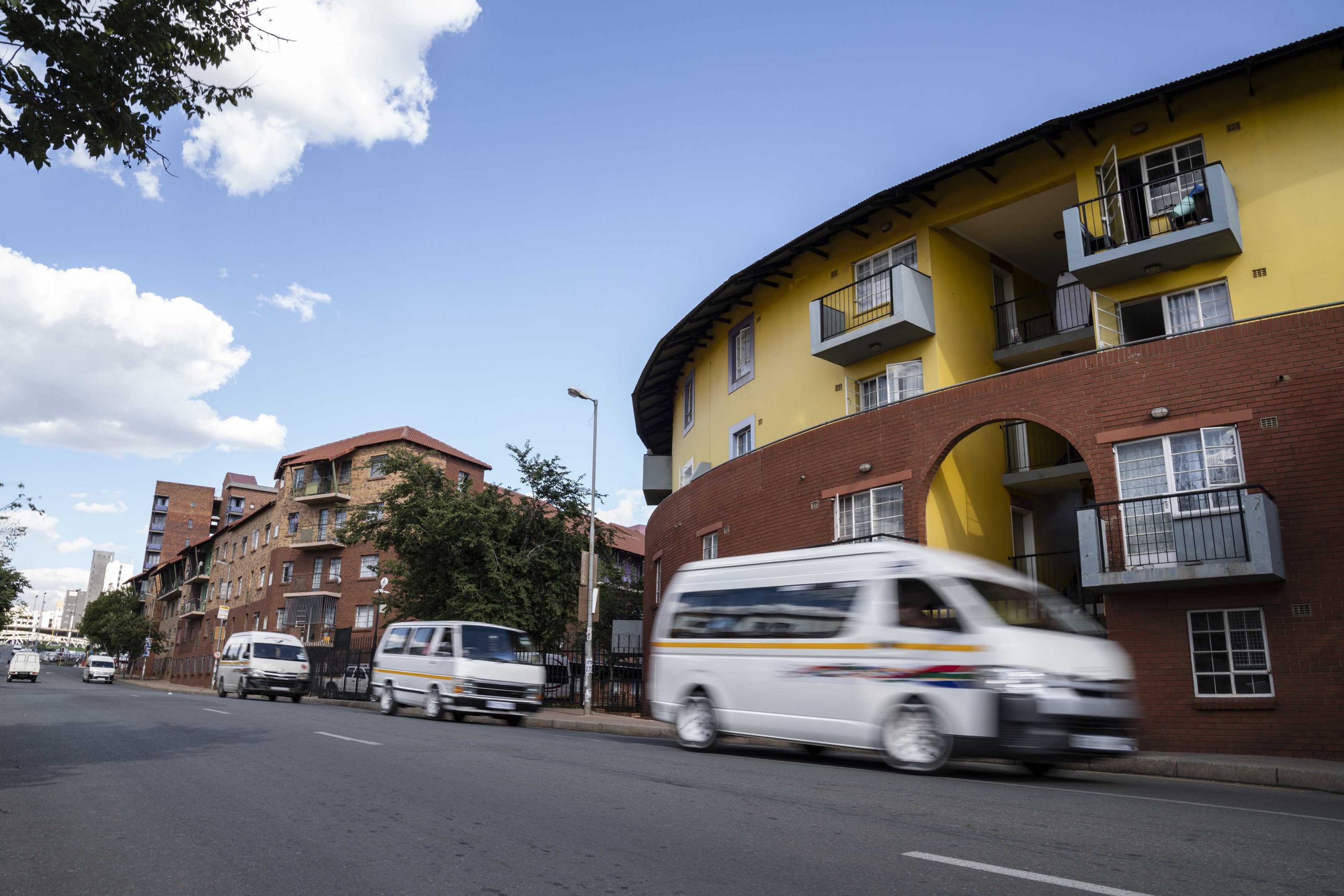New inclusionary housing policy shakes up Joburg
A new policy that will compel private developers to bear some responsibility for providing affordable housing is on the horizon in Johannesburg.
Author:
22 February 2019

A heated City of Joburg Council legislative meeting yesterday adopted a first-of-its-kind inclusionary housing policy.
The policy – which compels private developers to make 30% of the homes in all future residential developments, regardless of where they are built, affordable – is set to have a significant impact on housing developments in the city.
The mixed-income developments encouraged in the policy are intended to give poor households access to the economic opportunities and services usually reserved for wealthy people living in well-located homes.
Related article:
Johannesburg and East London are the cities with the world’s most unequal income distribution according to UN-Habitat. (The seven next most unequal cities are also in South Africa). The Socio-Economic Rights Institute of South Africa (SERI) published research in 2016 showing that Johannesburg’s inequality also shows spatially: peripheral housing, to which the city’s black residents are largely confined, contributes directly to unemployment.
The city’s inclusionary housing policy, which is unprecedented in South Africa, will place the onus on private developers to address some of this inequality and deliver affordable housing stock.
Broad party support
Although tensions erupted between the ANC and the DA-EFF coalition on other matters throughout the course of the meeting (councillors regularly yelled at each other across the aisle – “We are coming for you!”; “Murderers!”), parties were broadly united in their support of the policy.
This comes ahead of a curve established in various legislative and policy frameworks, including a draft Gauteng provincial inclusionary housing policy Bill and the Johannesburg Spatial Development Framework.
Most recently, Parliament’s High Level Panel recommended in 2017 that “creative approaches to mixed-income (inclusionary) housing” be found, including “a requirement that all private sector developments above a certain size should make provision for a specific proportion of the housing units to be within a predetermined affordable price bracket.”
Contentious options
Speaking to New Frame, Reuben Masango, Johannesburg’s MMC of development planning, said that the policy will allow the City and developers to work together in realising “the vision we are selling as a city.”
A more stringent draft of the policy, published by Masango’s department in early 2018, outlined that any development of more than 10 residential units would be required to include affordable options, the costs of which would be regulated.
Affordable units would either be rent-capped, or regulated by social housing legislation or the Finance Linked Individual Subsidy Programme – a government subsidy designed to give first time home homeowners an opportunity in the affordable housing market.
Since the conclusion of the intervening public participation process, however, the policy has become more flexible. (More than half of the 58 comments that the City received came from private developers or their representatives. Only three of the 58 comments were from residents, who, according to Masango, were mostly worried about increased densification in their neighbourhoods.)
Related article:
Among the new options available to developers for building affordable homes – which are now mandatory only in developments of over 20 units – are two options in which the City will regulate the size, instead of the costs, of the units. In these developments, rents will instead be determined by the market.
By limiting the size of these units, the City hopes to limit their costs. The policy includes no guarantee, however, that the “open market” will keep costs affordable.
In one of the two new contentious options available to developers, 20% of a housing development’s floor area must be dedicated to homes that are half the size of the development’s other units.
In the second option (which applies only to developments in denser parts of the city), 10% of a development’s floor area must be made up of apartments that are bigger than 18m2, but smaller than 30m2 – what a growing design trend in cities around the world has labelled “micro-apartments”.
According to the research unit at Ndifuna Ukwazi, an organisation agitating for spatial justice in Cape Town, however, developers often drive up the price per square metre of micro-apartments in order to maintain profits. A square metre of an average apartment in central Cape Town costs a touch over R41 000, for instance, while a square metre of a micro-apartment can cost up to R57 000.
Affordable – or not
If developers choose to meet their affordable housing obligations by building rent-capped units in their housing developments, they will not be allowed to charge more than R2 100 per month in rent. The amount is intended to cater to households earning less than R7 000 per month.
It is unclear, however, if this is affordable to low-income earners. SERI suggests that it isn’t. While welcoming “the spirit” of the policy, a submission by the NGO during public participation suggested that the policy is “unlikely to assist low-income households” and advocated instead for an income-based rental cap of R960.
Masango, however, is confident that rent-capped inclusionary housing, especially in Johannesburg’s inner city, will be more accessible than what is currently available on the market, where he says landlords are “not making a minimum effort to try and deal with dignity”.
The Southern Africa Labour and Development Research Unit’s National Income Dynamics Study shows that in 2011 prices, one in every two households in Johannesburg earns less than R3 543 per month, while one in every four households earns less than R1 751 per month.


